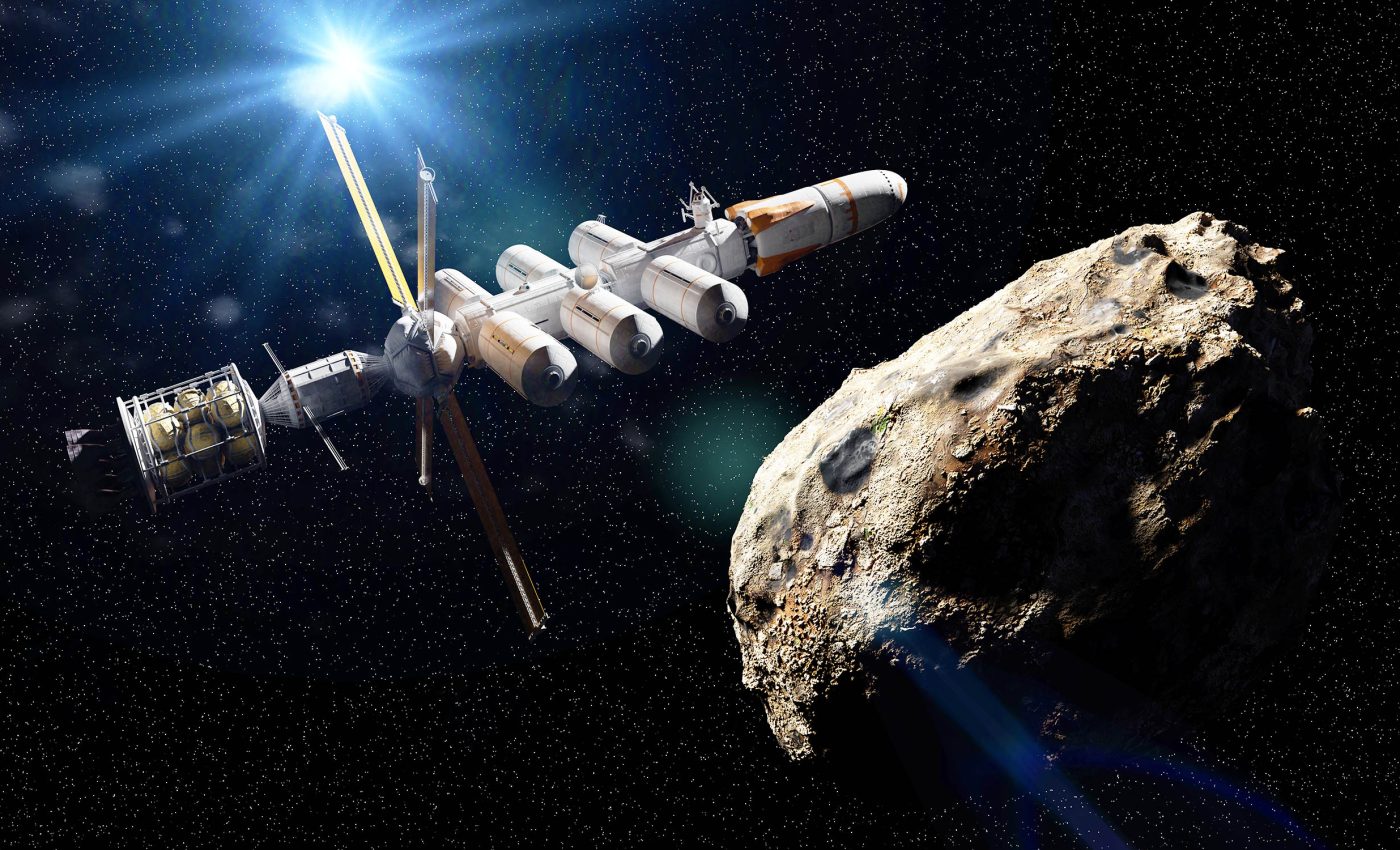
Spaceship thruster technology fueled by any type of metal could fly 'indefinitely'
“Space, the final frontier,” is a sentiment that has been echoed for generations, ever since we first set our sights on exploring the universe. With the help of the scientists at the University of Southampton, a new technology that uses metal-fueled thrusters could take spacecraft further than we’ve ever imagined.
The research team is currently putting this new rocket propulsion system through rigorous trials, developing a thruster fueled by metals that promises to push the boundaries of human exploration.
Metal fueled journey among stars
This innovative propulsion system boasts the power to propel spacecraft using any type of metal as a fuel source. Hard to believe, yet completely true.
The ramifications are fascinating. If a spacecraft is fitted with this kind of system, theoretically, it could fly without pause.
How? By simply refueling from the abundance of minerals that are just waiting to be harvested from asteroids or distant moons.
Mining metals for fuel in space
Asteroids and moons are packed with valuable metals and minerals that we could use on Earth or for space exploration.
These cosmic bodies are home to precious metals like platinum, gold, and silver, which are rare and expensive to mine here on our planet.
Platinum group metals are especially in demand because they’re used in electronics, catalysts, and even renewable energy tech.
Plus, many asteroids have plenty of iron and nickel, opening up possibilities for large-scale space manufacturing and construction.
The presence of silicate minerals like olivine and pyroxene in these space rocks could also come in handy for fueling spacecraft that use this new propulsion system.
Metal-fueled space travel
Dr. Minkwan Kim from the University of Southampton, the lead scientist on the project, is in charge of testing the propulsion system in the lab, calculating its thrust.
His sights are set on the farthest regions of space, ones we previously thought were unreachable. The limitations of traditional fuel are no small hurdle.
“Spacecraft have limited amounts of fuel because of the enormous cost and energy it takes to launch them into space. But these new thrusters are capable of being powered by any metal that can burn, such as iron, aluminum or copper,” Dr. Kim explained.
New space odyssey
Imagine a future where spacecraft can land on a moon or comet, rich in these burnable metals, and extract what they need to refuel.
It’s a vision that can rewrite our understanding of space, tearing down frontiers and expanding our knowledge of the universe.
At present, once spacecraft are launched and get past Earth’s atmosphere, they are mostly powered by rare gas phase fuels like krypton or xenon. One example of spacecraft using these types of fuels are the Starlink satellites.
The scientists are collaborating with British space firm Magdrive on the development of this game-changing propulsion system, dubbed the Super Magdrive.
It’s an exciting step forward, and one that promises to have far-reaching effects.
Beyond metal fueled thruster
Dr. Kim, whose commendable career includes the creation of a plasma thruster design for the SpaceX Falcon 9 rocket, is on an ambitious mission.
He envisions this technology being utilized for future deep-space missions, quite possibly revolutionizing our approach towards space exploration.
“This system,” Dr. Kim mentioned, “could help us explore new planets, seek out new life, and go where no human has gone before — enabling never-ending discovery.”
This might be the beginning of a new era of exploration, marking a shift in the way we aim to understand our universe, and maybe even our place in it.
The possibilities this revolutionary propulsion system presents are limitless. A future where space travel isn’t restricted by the limited availability of fuel.
Science fiction vs reality
Science fiction has long imagined a future where humanity explores the stars using advanced technologies.
At the University of Southampton, projects like the Super Magdrive system are making this vision a possible reality.
Science fiction greatly influences scientific progress, inspiring scientists and engineers to dream big and explore new possibilities.
As we approach this new era of space exploration, society should embrace the challenges and opportunities it brings, bringing us closer to our greatest interstellar adventures.
Could a metal fueled thruster be the next big leap in our space odyssey? As we strap in and set our sights on a future filled with celestial possibilities, all we can do is wait and see.
—–
Like what you read? Subscribe to our newsletter for engaging articles, exclusive content, and the latest updates.
Check us out on EarthSnap, a free app brought to you by Eric Ralls and Earth.com.
—–













